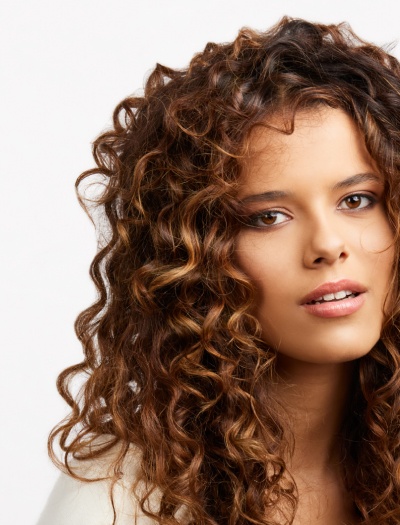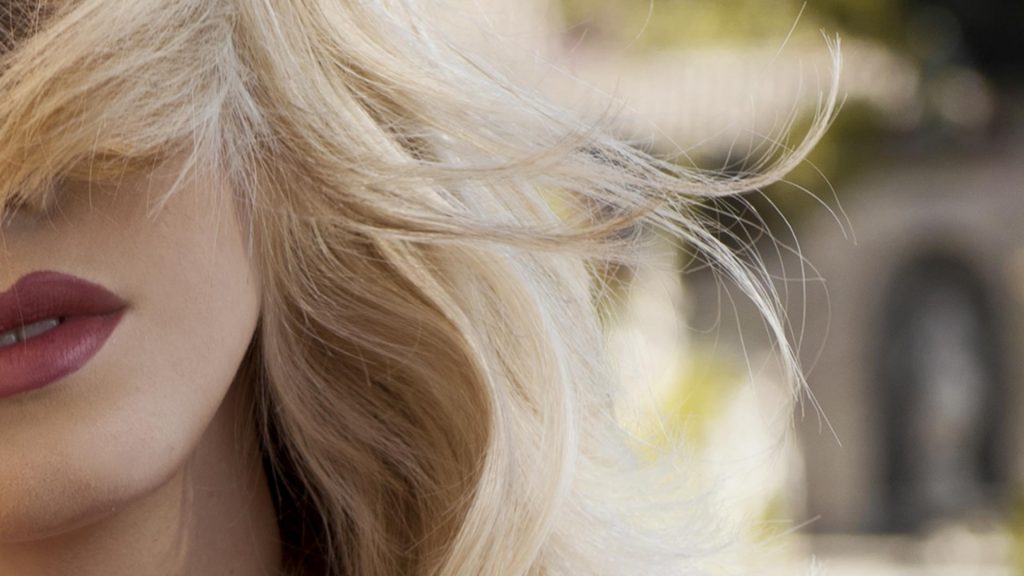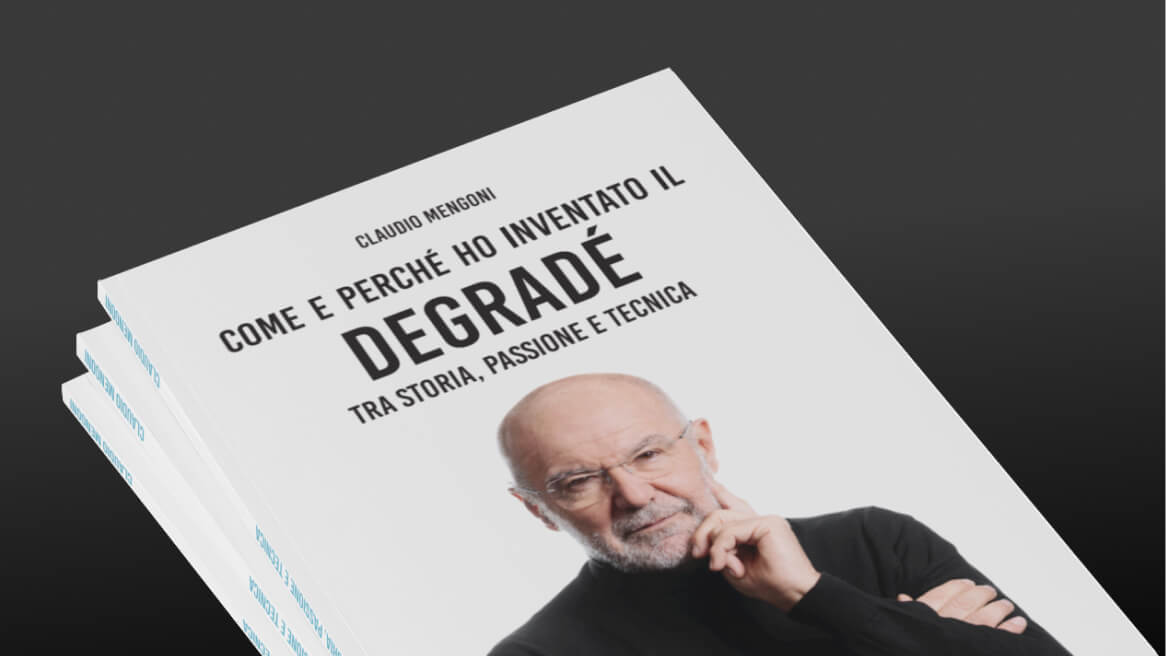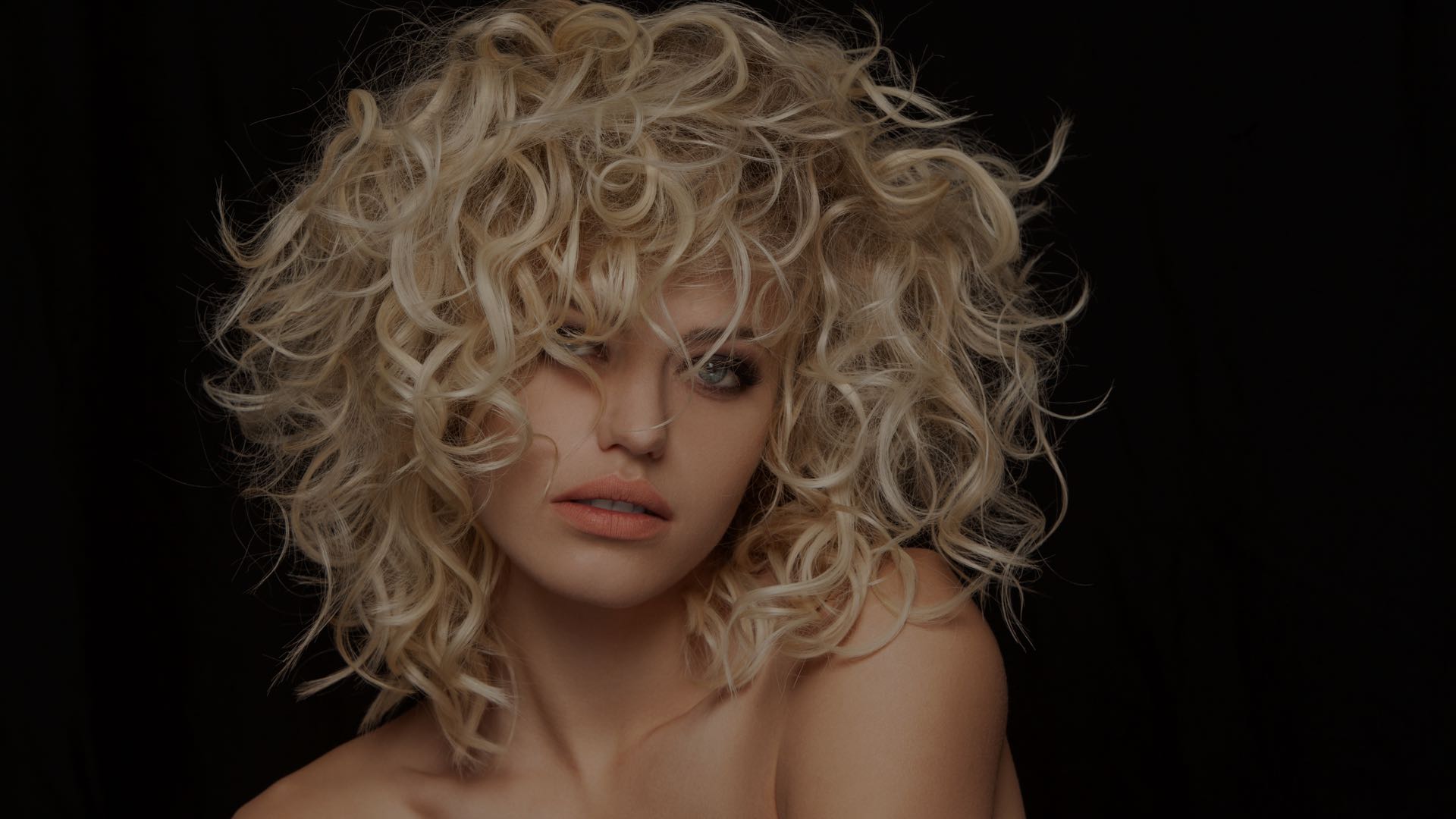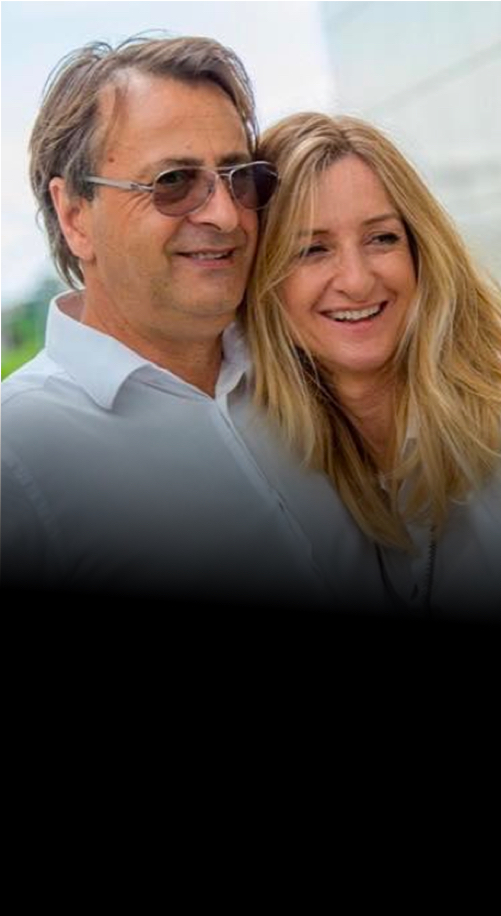Degradé is a hair coloring technique created by Claudio Mengoni in 1990.
The distinctive trait of this coloring technique is the creation of shades that give out a very natural effect to the hair.
Degradé also allows to reach any kind of result starting from any situation: it can brighten, darken, give tone, give structure to the hair and cover gray hair.
The starting point is always the natural hair color, which is emphasized and enhanced thanks to the color shades applied.
Every Degradé is made using a minimum of 2 different color shades and each lock of hair is treated using one of the selected colors, with an alternation that creates a very peculiar effect.
According to technical needs and the result you want to obtain, you can also use a higher number of color shades.
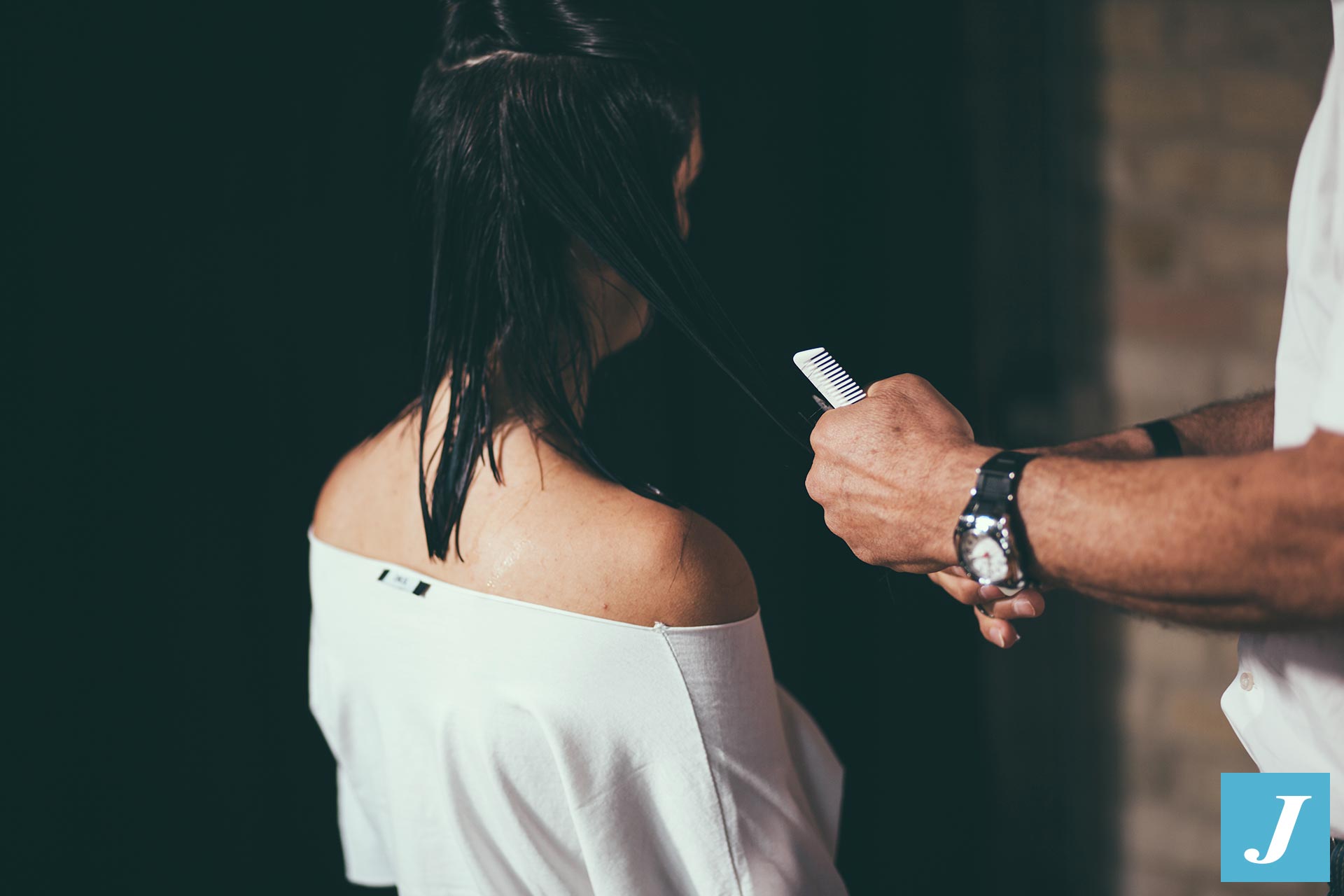
Before carrying out the Degradé, the hairstylist runs a careful diagnosis of the hair texture, in order to get an optimal coloring result.
The elements taken into account are:
- hair starting color (either natural or treated);
- the result you want to obtain by coloring the hair;
- hair structure (thin, medium or thick hair);
- hair health.
Once the diagnosis is made and keeping in mind the final result desired, the hairstylist can decide if the result can be obtained in just one step or if more sessions are required over time.
The latter is required only when the color you want to obtain is very different from the starting color. Normally, almost all Degradés are made in just one step.
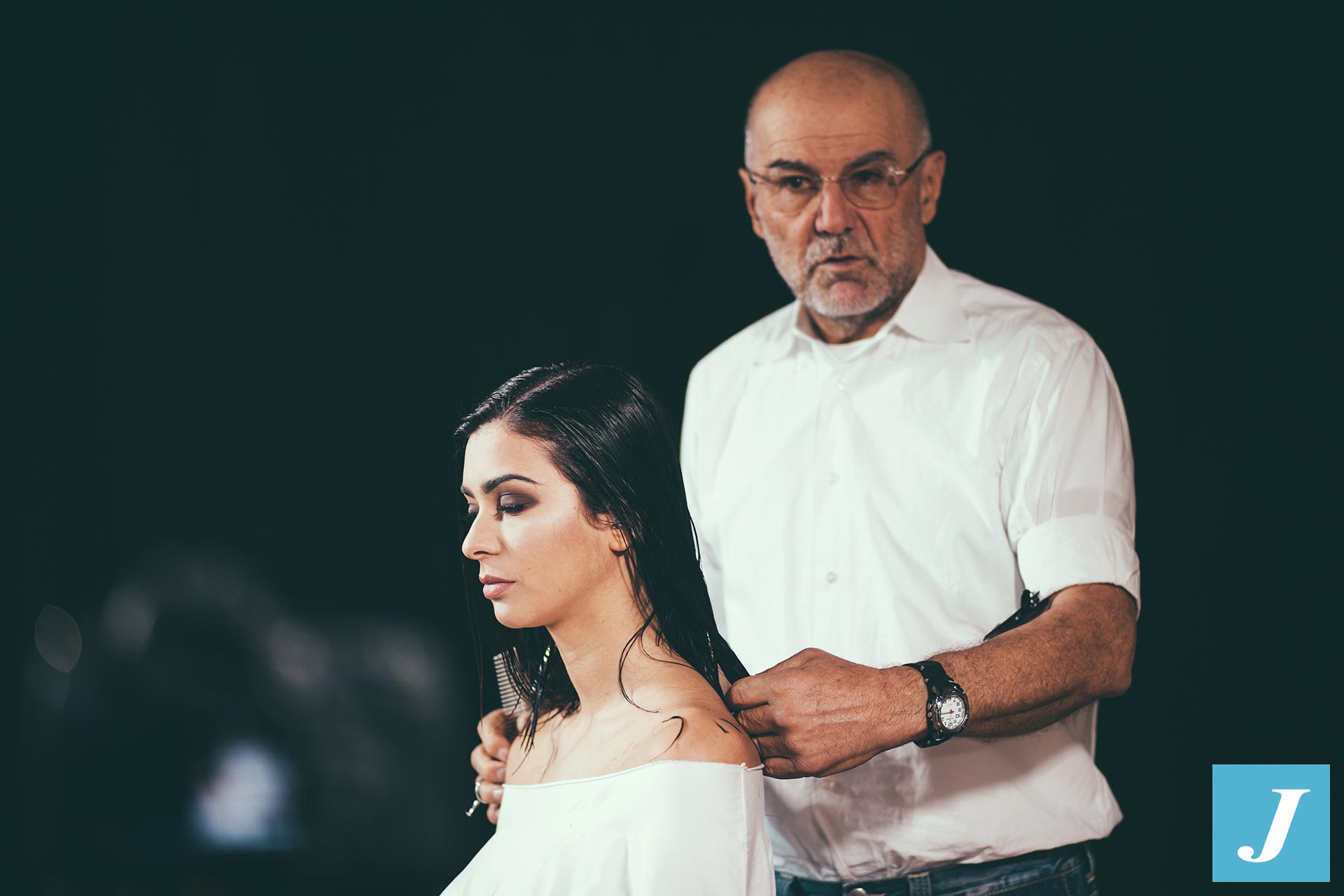
Degradé technique: some technical lingo
Degradé technique has been studied, thought out and formalized with the goal to make it transmissible and repeatable in a systematic manner. In particular, technical terms have been defined in order to identify different methods for selecting the hair locks to color, which are different based on how thick the lock is. In technical lingo they are called “prese”.
Some prese used in Degradé are:
- Fili di colore
- Nastrini
- Velature
- Lunette
During the completion of every Degradé, all the different kinds of prese coexist in different percentages. Ideally, each head is divided in over 6 rectangles and within each imaginary rectangle, different types of prese are used, according to the final result we want to obtain.
In the example below you can see how the ideal rectangle has been divided according to different types of prese to apply. The rectangle is called “presidio” and is crucial for Degradé terminology.

Based on the alternation between the prese and their different usage percentages, several maps have been created and defined, identifying different kinds of Degradé.
Here are some:
- Degradé Base;
- Joelle Degradé Evolution;
- Joelle Degradé Twin;
- Joelle Degradé a Zone;
- Joelle Degradé Inspire;
- Joelle Degradé Young;
- Joelle Degradé Art
Degradé for long hair and Degradé for short hair
The Degradé technique can be applied to hair of any length.
It is however necessary to take some technical precautions in order to optimize the result based on the effective length of the hair to treat:
- If hair is medium-long, the hairstylist can select more colors to apply over different portions of the locks, since you have more space to create a gradient effect in a wider array of colors;
- If, on the other hand, you want to apply the Degradé to short hair, you have to use less colors, choosing shades that are very close to one another, in order to avoid an unsightly “patchy” effect.
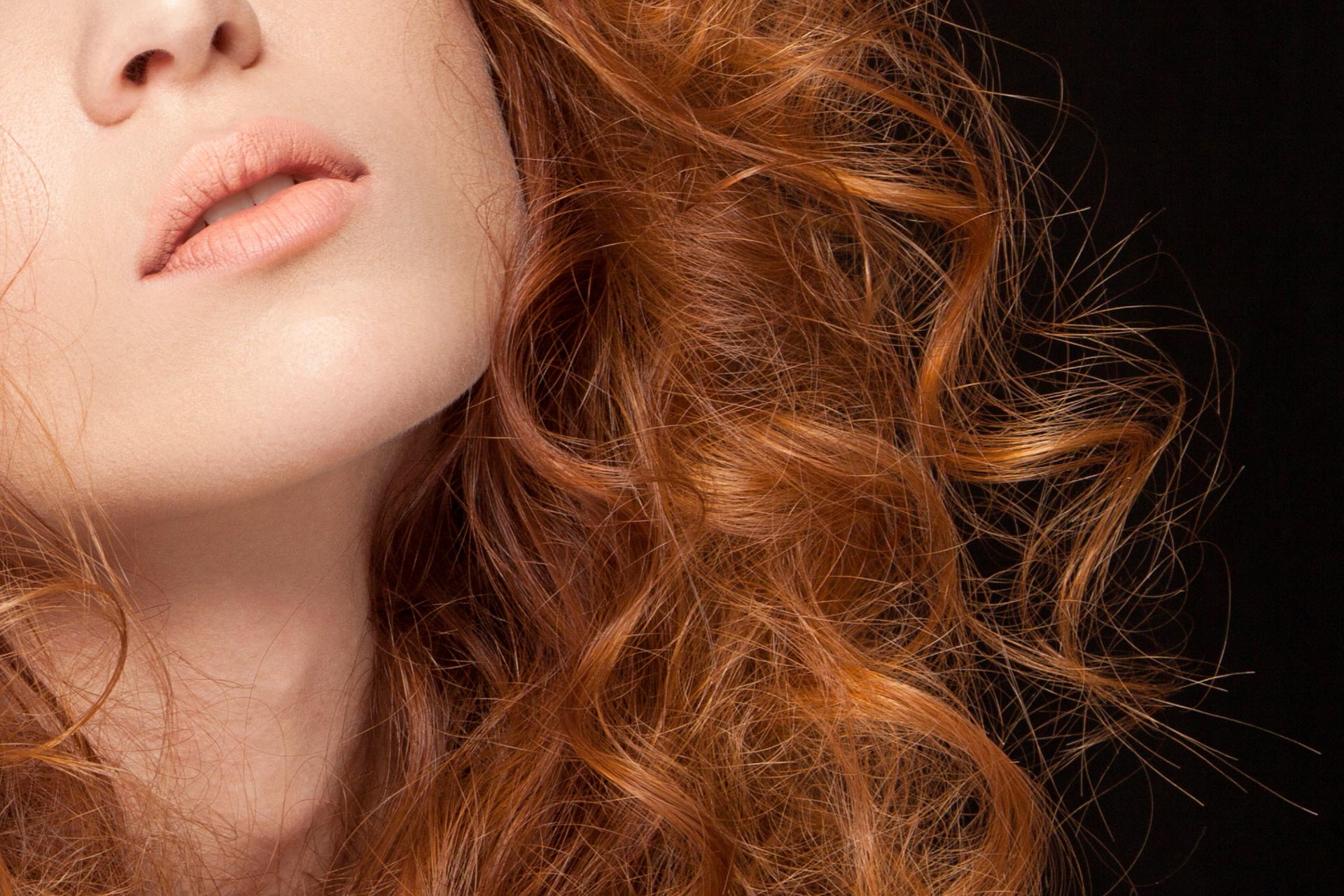
Degradé for curly hair and Degradé for straight hair
Degradé can be used on every head, regardless of hair morphology. In this case also, however, according to hair type, some precautions must be observed:
- If the hair is naturally curly, you have to select not-too-thick locks in order to obtain a gradient effect. In fact, if you take a section of hair that is too thin, color gradient may not be perceived and the optical effect would be monochromatic;
- However, for straight hair it is much better going for thinner locks, in order to create a more natural color play. In the past, some hair coloring effects where created using thicker sections. However, current hairstyling trends are about more natural colors instead of a “meches” effect.
Generally speaking, based on the results you want to obtain, you can play with shade selection and dimensions of the locks. For a completely natural effect, you can choose very thin locks and very similar color shades. For a more pronounced contrast effect, you can still use thin locks but more different colors in terms of shade.
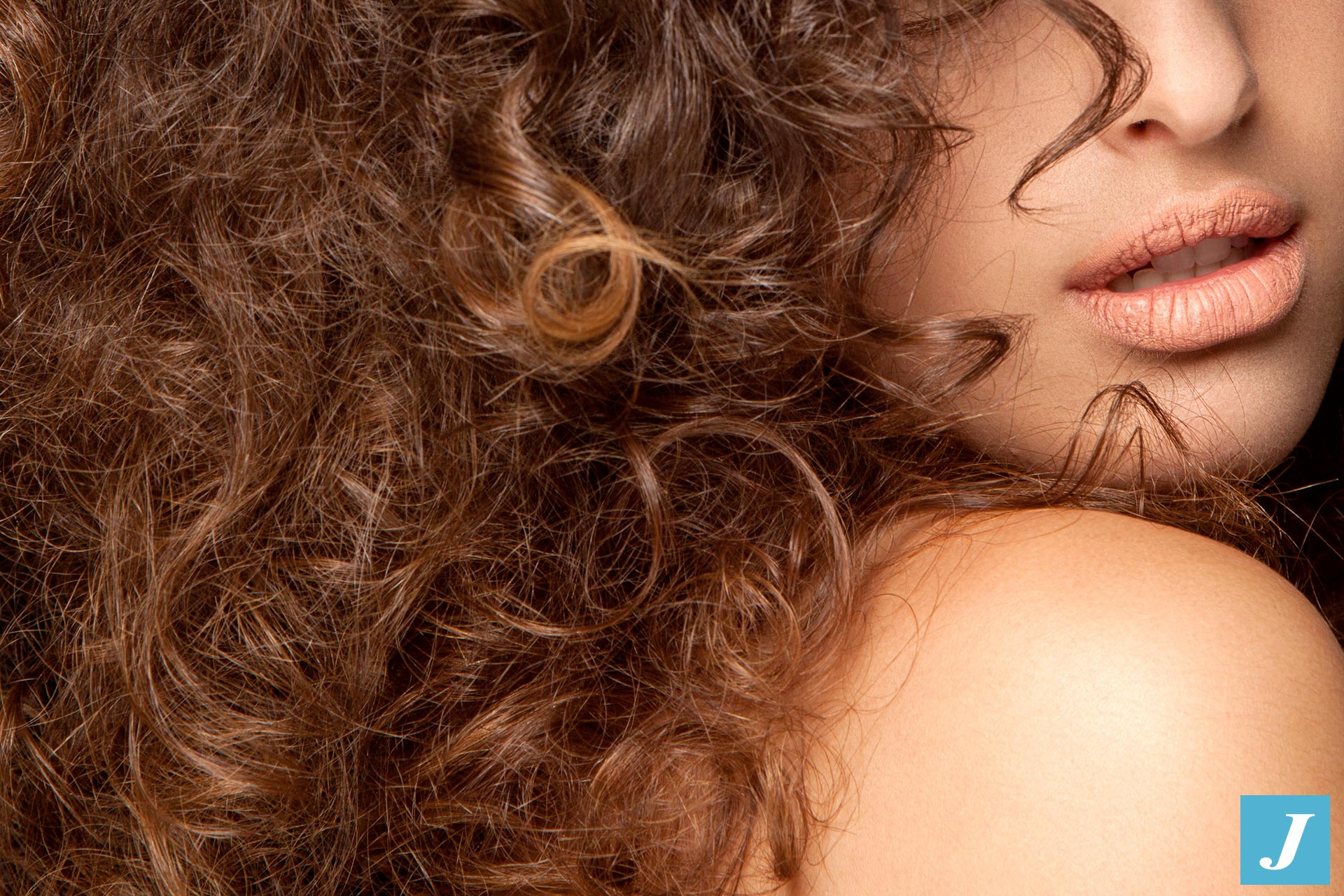
On the other hand, if you want to obtain a final color which is darker compared to the starting color, it is logic to work on bigger sections of hair, while for lighting the hair thinner locks are more indicated. Alternatively, if we want to obtain a “meches” effect, it’s better to select bigger locks with contrasting colors. Degradé allows to obtain any results in terms of hair coloring.
Degradé is a hair coloring technique that is extremely versatile and customizable. Formalization has been found necessary in order to define guidelines for applying the technique, however each final result is conditioned by numerous subjective elements, such as natural color and hair texture, and this makes each Degradé unique.

